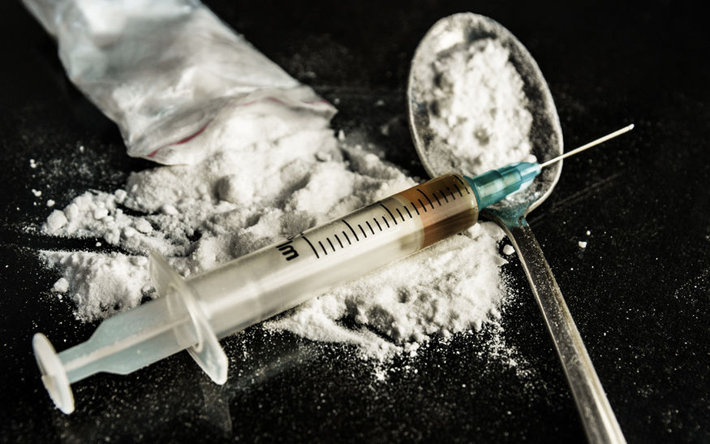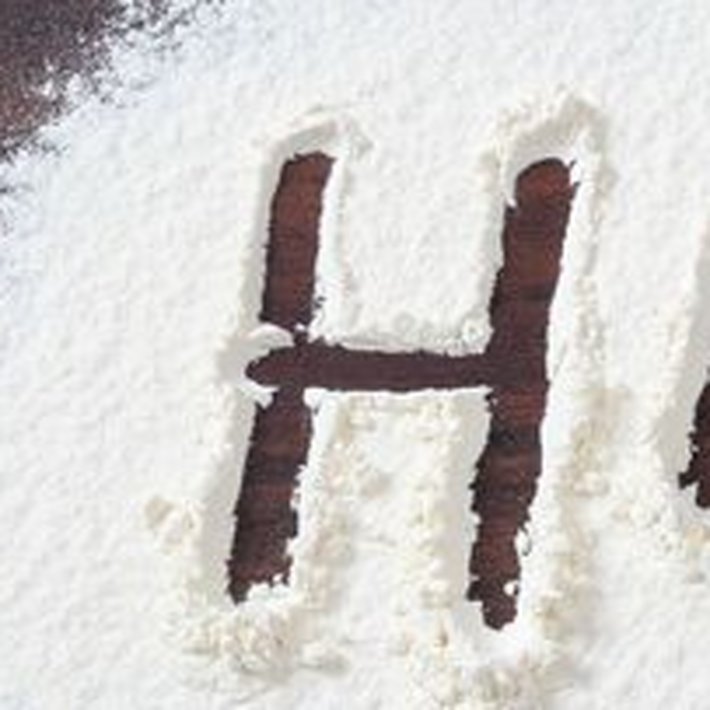Heroin: What Does it Look Like

One of the best ways to prevent heroin abuse in one’s home, or to be able to act fast if heroin abuse is occurring in one’s home, is to know, what does heroin look like? Most people do not know what heroin even looks like, and would not be able to identify it. Spotting heroin use and spotting heroin itself are key to being able to do something about heroin addiction.
Heroin, in its purest, most unadulterated form, is a fine, white powder. Often it can appear to be a brown, gray, or even black powder. The common discolorations are the result of additives being put into the heroin to dilute it. Such additives are substances like caffeine, sugar, strychnine, etc. One of the problems is that the user never really knows what types of additives have been sliced into the heroin he or she is about to take. Another key problem is that the additives put into heroin do not fully break down in the bloodstream, they clog blood vessels, and they cause permanent organ damage due to lack of blood flow across the body.
Spotting Heroin Use
How addictive is heroin? Very addictive. For this reason and considering the dangers of heroin, it’s important that one becomes very good at spotting heroin use. Listed below are the most common signs and symptoms of heroin abuse. Heroin users try their hardest to hide their habit, and they are often quite good at it. However, if you know what to look for, you will be able to find the truth:
- Coughing, hacking, and continuously coughing though no sickness is present
- Sudden weight loss with no explanation
- Abscesses, welts, bruises, infections, all visible
- Heaviness or droopiness of the limbs, lack of coordination
- Cuts, scabs, evidence of skin picking
- Individual is always itching or scratching at skin
- Dry mouth
- Small pupils in both eyes and individual is always squinting
- Lost appetite, irregular eating habits, does not eat much
- Nosebleeds regularly
- Flu-like symptoms that are worse than the average flu
- Puffiness and darkness under the eyes
- Sores on and in the nostrils, on the lips, and near the lips, all from smoking heroin
- Needle marks
- Constipation, rarely going to the bathroom, dehydration
- Rare or completely absent menstrual cycle for women
- Constant sniffing, wiping the nose, and runny nose
Facts About Heroin
The more one knows about heroin, the more one is able to do something about heroin should it come up as a problem in the life of a family member or loved one. Knowing the facts about heroin gives a person the ability and the knowledge to take decisive action and to help out on a level that actually gets results. Some facts about heroin are:
- Heroin is chemically processed from Morphine, which is derived from opium.
- Some of the more common street names for heroin are slang terms like smack, horse, H, dope, junk, skag, skunk, white horse, china white, and black tar.
- Heroin is one of the oldest drugs still in use today. It was first created for human consumption in 1874.
- Though heroin was created in Germany, most of today’s supply of heroin comes from Afghanistan.
- There are over six-hundred thousand heroin addicts in the United States alone.
Do you or does someone you know suffer from heroin addiction? The way out of a heroin crisis is with the help of a drug addiction treatment center. Narconon Arrowhead is able to help people who struggle with a heroin habit. If you are seeking help for yourself or a loved one, call 1-855-646-8505.


